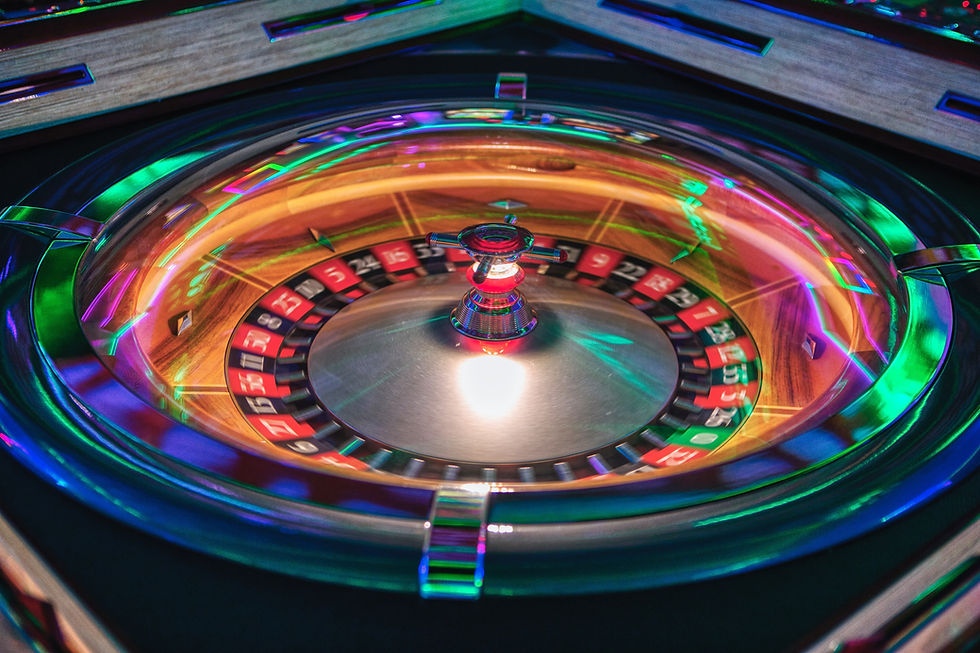Background:
Gambling disorder (GD) is categorised as a behavioural addiction. Problem gamblers, or PG, experience a ‘craving’, much like those associated with alcohol or opioid addiction. Opioid receptor antagonists are hypothesised to “blunt” these associated cravings.
This mentioned study conducted by Castrén et al., (2019) aimed to assess the efficacy of using an intranasal spray of Naloxone Hydrochloride to treat gambling disorder.
Methods:
The study involved 20 participants that were declared problem gamblers. The participants were randomly divided into 2 groups:
Group A were given instructions to use 1 dose (2mg) of the Naloxone intranasal spray in 1 nostril, as needed, up to a maximum of 4 times a day, (8mg/day).
Group B were instructed to use 1 dose of Naloxone into each nostril (4mg), as needed, up to a maximum of 4 times a day, (16mg/day).
Throughout the trial, the participants had to report in a mobile diary several factors including: the amount of medication used, any side effects noticed, frequency of gambling and extent of amount gambled (expenditure).
Further Measurements taken: - Problem gambling – South Oaks Gambling Screen (SOGS)
- Depressive symptoms – Beck Depression Inventory (BDI)
- Alcohol Use – Alcohol Use Disorders Identification Tests
Results:
The reported acceptability and feasibility of the nasal spray were high, and no side effects were reported.
Group B used the intranasal spray more frequently than group A, therefore meaning they used a higher amount of Naloxone.
The Problem Gambling scores (from SOGS) decreased throughout the study from an initial median score of 12 down to a median score of 4.
Depressive symptoms were also decreased throughout the study, starting with an initial median BDI of 9 falling to a median BDI of 6.
The study found that the frequency of gambling decreased, however there was no effect on the gambling expenditure.
What does this mean?
These results show that the intranasal Naloxone spray had a positive effect to some extent. Use of the nasal spray decreased both depressive symptoms and problem gambling scores. As only the frequency of gambling was decreased and not the gambling expenditure, the results provided mixed conclusions.
Impact:
This is an important addition to evidence collected which highlights the vital role of the brain’s opioid systems in addiction.
This study yielded mixed results, however still provided positive evidence for the effect of Naloxone on problem gamblers. From this, there is currently further investigation into Naloxone for PG on a larger scale using a randomised, placebo-controlled trial. The results from the new study will help to solidify the results from this study by determining the potential of intranasal Naloxone for treating PG.
The Study Reference:
Castrén, S., Mäkelä, N., Haikola, J., Salonen, A., Crystal, R., Scheinin, M. and Alho, H., 2019. Treating gambling disorder with as needed administration of intranasal naloxone: a pilot study to evaluate acceptability, feasibility and outcomes. BMJ Open, 9(8), p.e023728.


Comments